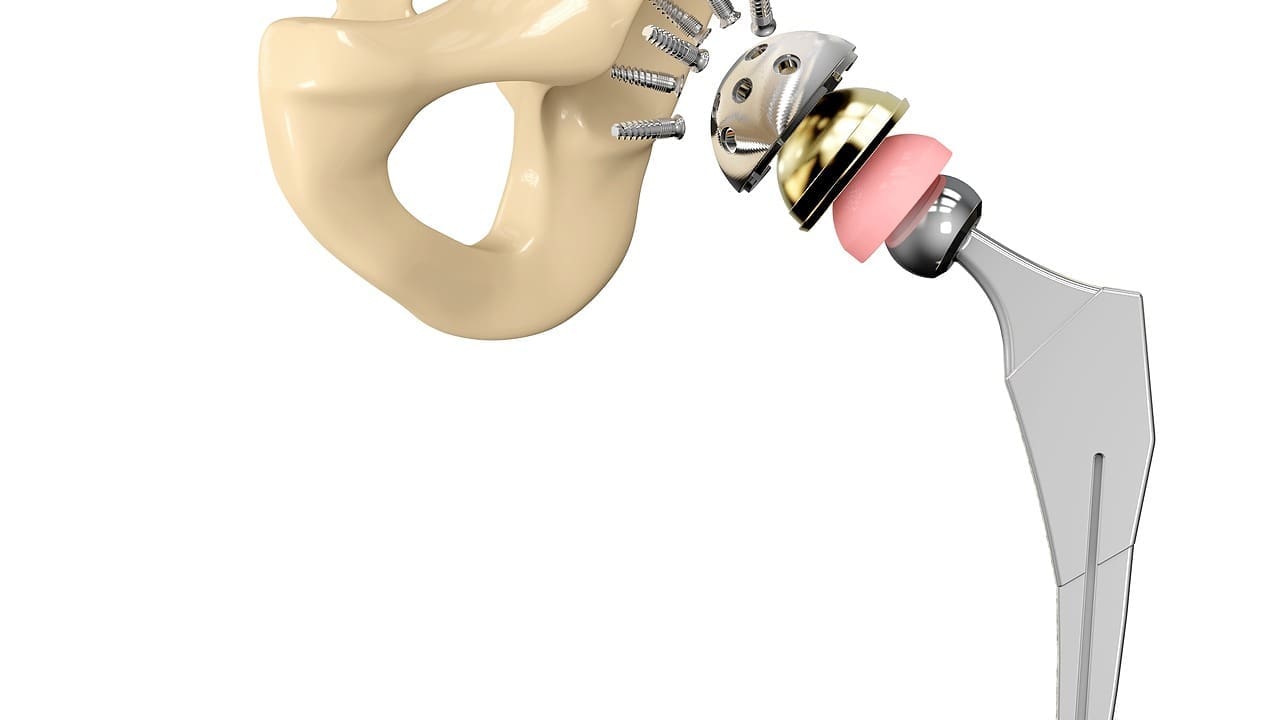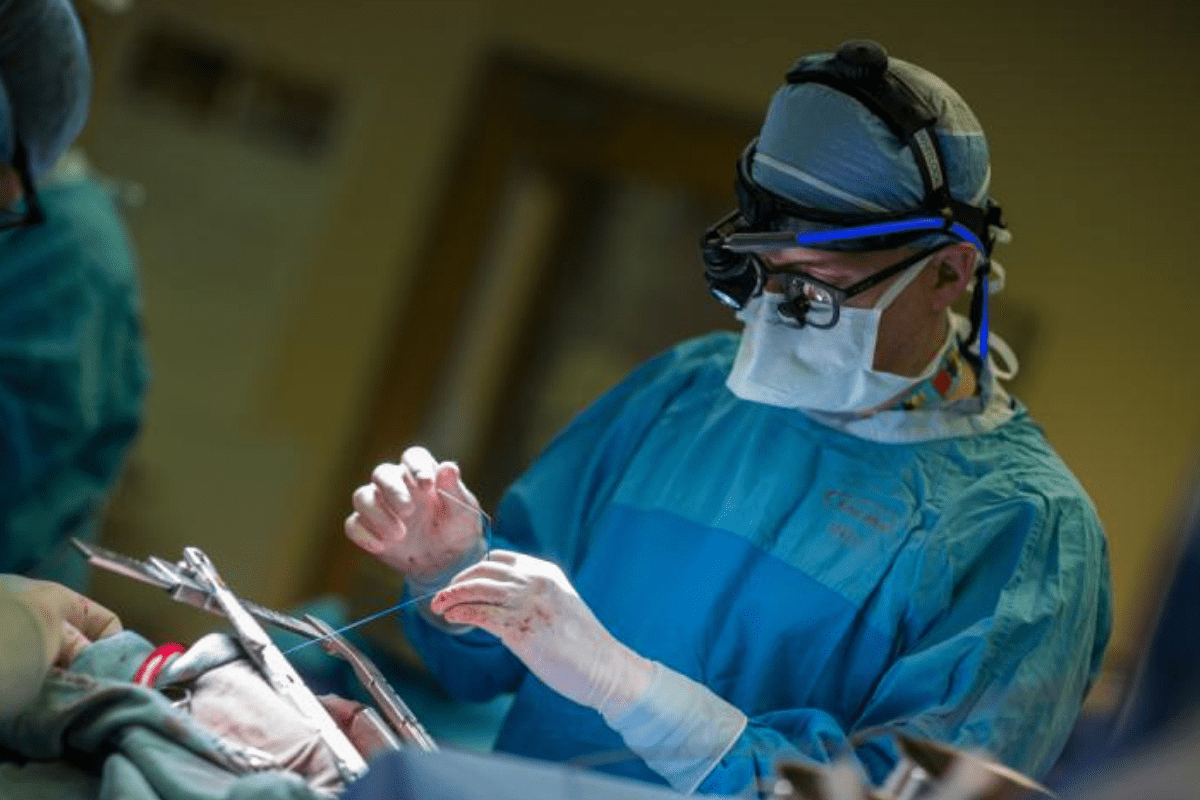Last Updated on November 27, 2025 by Bilal Hasdemir
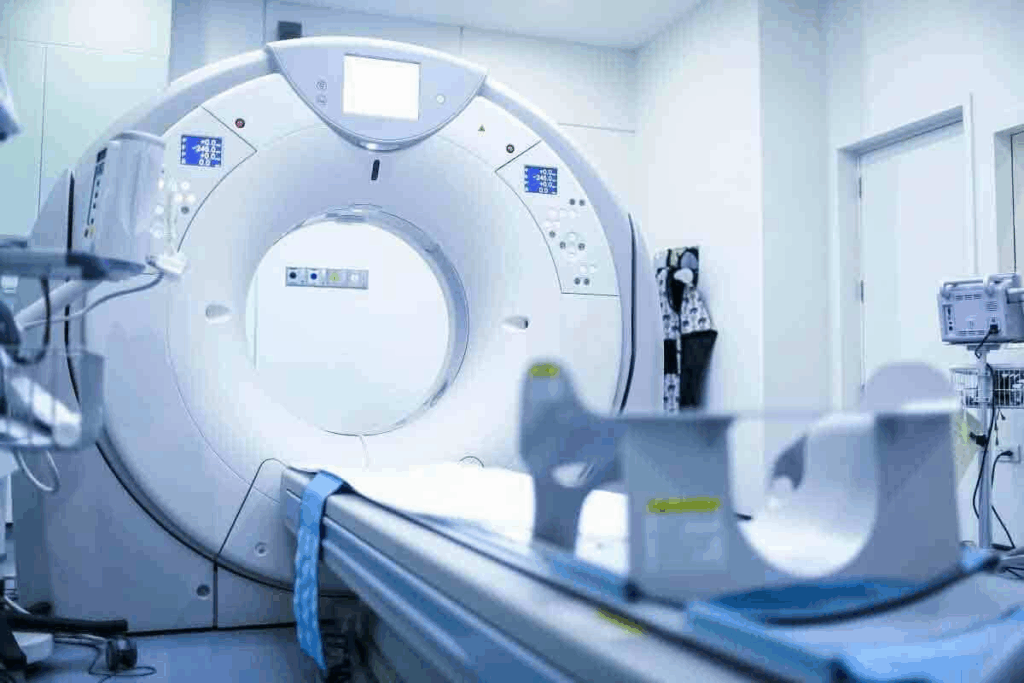
Timely cancer detection is key. At Liv Hospital, we know how important fast and accurate tests are. A CT scan for cancer uses X-rays and a computer to show detailed body pictures.
This tech lets us see from different angles and combine them for a 3D image. Our team uses this to spot problems fast. Usually, emergency CT scan results come in 2 to 6 hours, which is vital for quick cancer checks.
Key Takeaways
- Cancer detection needs a quick diagnosis for good treatment.
- A CT scan is a key tool that shows detailed body pictures.
- Liv Hospital focuses on fast diagnosis, with emergency CT scan results in 2 to 6 hours.
- Our team uses 3D images from CT scans to find issues quickly.
- Quick diagnosis helps in making decisions and providing effective care.
The Critical Role of CT Scans in Cancer Detection
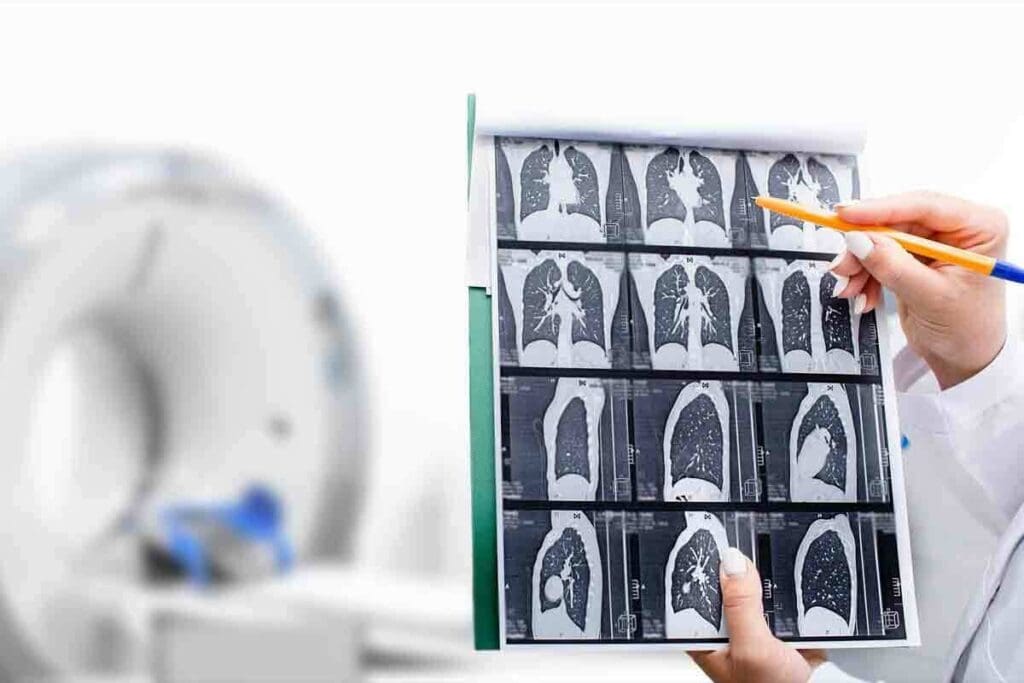
CT scans are key in finding cancer by showing what’s inside our bodies clearly. They help spot tumors and growths early. This is vital for starting treatment quickly.
What is a CT Scan?
A CT scan is a test that makes detailed pictures of our insides. It uses X-rays and computers to show organs, bones, and blood vessels. This tool is essential for finding many health issues, including cancer.
How CT Technology Visualizes Tumors
CT scans use X-rays to take pictures of our insides from different sides. A computer then puts these images together to show a detailed view. Doctors can see tumors, how big they are, and where they are.
Key benefits of CT scans in tumor visualization include:
- High-resolution images that help in detecting small tumors
- Ability to assess the extent of tumor spread
- Guiding biopsies and other interventional procedures
Types of Cancers Commonly Detected by CT
CT scans are good at finding many cancers, like lung, liver, pancreatic, and colorectal. They give doctors clear pictures. This helps find tumors early, which is key for treatment.
| Cancer Type | CT Scan Detection Capability |
| Lung Cancer | Highly effective in detecting lung nodules and tumors |
| Liver Cancer | Can identify liver lesions and assess tumor size and location |
| Pancreatic Cancer | Helps in visualizing pancreatic tumors and their impact on surrounding structures |
| Colorectal Cancer | Effective in detecting tumors in the colon and rectum |
Understanding how CT scans help find cancer shows their importance in fighting cancer. The info from CT scans is very helpful. It helps doctors diagnose, plan treatment, and check how patients are doing.
Understanding CAT vs. CT Scan Terminology
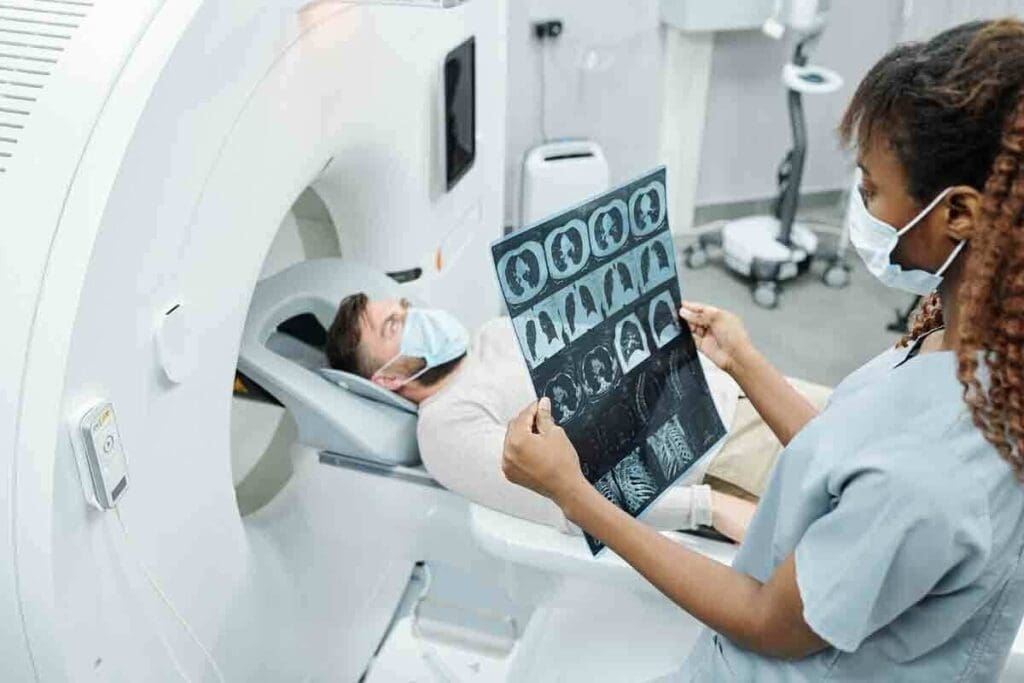
When it comes to finding cancer, knowing the terms is key. People often mix up CAT and CT scans. But there’s a story and some fine points to these terms.
What Does CAT Stand For in Medical Imaging?
‘CAT’ means Computed Axial Tomography. It was used when this tech was new. It’s a way to see inside the body using X-rays from different angles.
Why the Shift from CAT to CT Terminology
Now, ‘CAT scan’ is mostly ‘CT scan’ in medical talk. This change shows how the tech has grown. Old scanners only showed one view, but now we can see in many ways.
The term ‘CT’ for Computed Tomography is used more today. It’s because the tech can do more than before.
The reasons for this change are:
- New scanners can show images in different ways
- It’s used for more than just one view
- It’s easier for doctors to talk about it
Technical Differences (If Any)
Technically, CAT and CT scans are the same. They use X-rays to make detailed pictures of the body. The name change shows how the tech has evolved, not changed.
CT scans are special because they:
- Use X-rays to make images
- Use computers to make the images clear
- Can look at many parts of the body
Knowing that ‘CAT’ and ‘CT’ scans are the same helps clear up confusion. It makes it easier for patients and doctors to talk about cancer and treatment plans.
Standard Timeframes for Non-Emergency CT Scan Results
Knowing how long it takes to get non-emergency CT scan results can ease worries for those waiting. We’ll explain the usual wait times and what affects when you get your results.
Typical 12-48 Hour Wait Period
For non-emergency CT scans, results usually come in 12 to 48 hours. This time , let’s have radiologists carefully look at the images and write a detailed report. A study in the Journal of the American College of Radiology found the average time for reports is 24 hours. But, this can change based on the place and how complex the case is.
A radiologist at a top medical center says, “While 24 hours is common, some places might take longer. This could be because of how busy they are or if they need more opinions.” This shows why knowing your healthcare provider’s rules is key.
“The key to managing patient expectations is clear communication about when and how they will receive their CT scan results.”
An expert, a Radiologist
Outpatient vs. Inpatient Result Delivery
How you get your CT scan results can be different if you’re an outpatient or inpatient. Outpatients usually get their results at a follow-up visit or through a patient portal. Inpatients get their results added to their hospital chart and are told by their healthcare team.
| Patient Status | Typical Result Delivery Method | Average Timeframe |
| Outpatient | Follow-up appointment or patient portal | 24-48 hours |
| Inpatient | Direct communication by the healthcare team | Within 12 hours |
Electronic Delivery Systems and Result Access
Electronic systems have changed how we get our CT scan results. Many places now have patient portals where you can safely see your results online. This makes it easy and quick to get your information.
As we use more digital health tools, getting medical imaging results will get even better. It’s important to talk to your healthcare provider about how you want your results. This way, you can get them as easily and quickly as possible.
Emergency CT Scan Results: What to Expect
In emergency medicine, getting CT scan results fast is key. When a patient gets an emergency CT scan, the team needs quick results to decide on care.
The 2-6 Hour Expedited Timeline
Usually, emergency CT scan results come in 2 to 6 hours. This fast time is vital in emergencies where time is of the essence. For urgent cases like stroke or severe chest pain, radiologists quickly review the scans.
Waiting for results can be tough. Emergency CT scans aim for speed without sacrificing accuracy. This ensures patients get the right care fast.
Hospital Protocols for Cancer-Related Emergencies
Hospitals have special plans for cancer emergencies needing CT scans. These plans make the process from scan to results faster. For example, when cancer is suspected, the radiology and oncology teams work together to speed up diagnosis.
Some key parts of these plans include:
- Quick check of the patient’s condition
- Sorting CT scans by how urgent they are
- Right away, radiologists look at the scan images
- Working together to understand the results
Prioritization Systems in Radiology Departments
Radiology departments have systems to manage their work, mainly in emergencies. These systems make sure urgent cases get first attention while keeping care quality high for everyone.
The order is based on:
- The patient’s condition severity
- The need for quick action
- Who’s available to help
Knowing how emergency CT scan results are handled helps patients and families during stressful times.
The Radiologist’s Role in CT Result Timing
Radiologists are key in finding cancer with CT scans. Their skills affect how fast we get results. When a patient gets a CT scan for cancer, the images are complex. They need a radiologist’s careful look to understand them.
Image Interpretation Process
Looking at CT scan images is a detailed job. Radiologists check for any signs of cancer. They look at the size, shape, and texture of tumors. They also check where the tumors are and how they might affect nearby tissues.
Getting cancer right with CT scans depends a lot on the radiologist’s skill. A good analysis is key to the right diagnosis. This is important for planning the right treatment.
Specialized Cancer Detection Expertise
Radiologists who focus on cancer have a lot of knowledge. They can spot cancer signs that others might miss. This is very important for finding cancer early, or when it’s hard to see.
Thanks to their skills, radiologists can give detailed reports. These reports confirm cancer and give insights into the tumor. This helps in making treatment plans.
Impact of Hospital Volume on Radiologist Availability
The number of patients at a hospital affects how fast radiologists can work. Busy hospitals might have longer wait times for results. Smaller hospitals or special imaging centers might be faster.
We know that radiologists’ skills are important for quick cancer diagnosis. But the hospital’s setup matters too. Knowing this helps everyone understand when to expect CT scan results.
Contrast vs. Non-Contrast CT Scans for Cancer Detection
It’s important to know the difference between contrast and non-contrast CT scans for cancer diagnosis. CT scans are key in finding cancer. The use of contrast agents can make results more accurate.
How Contrast Agents Enhance Cancer Visibility
Contrast agents, or “dye,” help make certain body areas more visible during a CT scan. They help show different tissues and organs clearly. This makes it easier to spot tumors.
Benefits of Contrast Agents:
- Improved visibility of blood vessels and organs
- Enhanced detection of tumors and abnormalities
- Better differentiation between various tissue types
Can a CT Scan Without Contrast Show Cancer?
Yes, a CT scan without contrast can show cancer. The visibility of tumors depends on the type and location of the tumor.
| Tumor Type | Visibility on Non-Contrast CT | Visibility on Contrast-Enhanced CT |
| Liver Tumors | Moderate | High |
| Lung Tumors | High | Very High |
| Pancreatic Tumors | Low | Moderate |
Effect of Contrast on Result Processing Time
Contrast agents can affect how long it takes to get CT scan results. While the difference is small, contrast scans need more analysis. This can delay results slightly.
The extra time for contrast scans is usually just minutes. But it can vary based on the case’s complexity and the radiology department’s workload.
From Scan to Final Report: The Complete Process
The journey from a CT scan to getting the final report has many steps. Waiting for results can be stressful for patients. Knowing the process can help ease some of that worry.
Initial Image Acquisition and Processing
When you get a CT scan, you lie on a bed that moves into the machine. It’s important to stay very quiet and not move because any movement can make the images blurry. The scanner takes pictures of the area your doctor wants to see.
These raw images are then processed on a computer. Advanced algorithms are used to make them clearer. They are stored for further review.
Preliminary vs. Final Interpretations
After the images are processed, a radiologist reviews them. They give a preliminary interpretation of the images first. This is often available quickly.
The final interpretation is a more detailed analysis. It’s used for making a diagnosis and planning treatment. For more on what to expect after an imaging test.
Documentation and Report Generation
After the radiologist finishes the final interpretation, they document their findings in a detailed report. This report includes the CT scan results, any abnormalities found, and recommendations for further tests or treatment. It’s then given to your healthcare provider.
Your healthcare provider will talk to you about the results. The time it takes to get CT scan results can vary. For non-emergency cases, results are usually available within 12 to 48 hours. In emergencies, results can come much faster, often in 2 to 6 hours.
Factors That May Delay Your Emergency CT Scan Results
Emergency CT scan results are key to spotting cancer. But many things can slow down getting these results. Knowing what might cause delays can help you prepare. Let’s look at the main reasons why your CT scan results might take longer.
Technical Complexities in Cancer Imaging
Technical issues are a big part of why CT scan results take time. Cancer imaging needs advanced methods and careful study. For example, contrast materials make some parts of the body clearer. But they also make the process more complicated.
Need for Specialist Consultations
Getting advice from specialists can also slow down results. Radiologists might talk to other experts to make sure they get the diagnosis right. This teamwork is important for your health, but it can take longer to get your results.
System Overloads in High-Volume Hospitals
Busy hospitals can also cause delays. When there are lots of patients, radiology services get busier. This can mean it takes longer to look at the images and share the results.
Using contrast materials in CT scans is common. It helps doctors see important details better, which is vital for cancer checks.
| Factor | Description | Impact on Result Timing |
| Technical Complexities | Sophisticated imaging techniques and detailed analysis are rarely required | Can extend the result timing due to the need for precise image interpretation |
| Specialist Consultations | Collaboration between radiologists and other specialists for accurate diagnosis | May delay results as experts review and discuss findings |
| System Overloads | High patient volumes in hospitals are leading to increased demand for radiology services.s | Can cause delays in image interpretation and result reporting |
Limitations of CT Scans in Definitive Cancer Diagnosis
CT scans are great for spotting cancer, but they can’t give a final say on their own. A true diagnosis mixes imaging with clinical and lab results.
When Additional Testing Is Necessary
Even though CT scans show detailed views inside the body, they don’t always tell the whole story. Often, more tests are needed to be sure about cancer. This might include more scans, lab tests, or biopsies.
- More scans, like MRI or PET, might be needed for more info.
- Lab tests, like blood work, can spot cancer signs.
- A biopsy, taking a tissue sample, is usually the best way to confirm cancer.
Combining CT Results with Clinical Findings
Doctors don’t just look at CT scans to diagnose cancer. They mix these with clinical findings and other tests. This way, they make sure they get it right.
They also look at:
- Patient symptoms and past health.
- Results from physical checks.
- Lab test results.
The Role of Biopsy After Suspicious CT Findings
If a CT scan shows something odd, a biopsy is usually next. It takes a small tissue sample for cancer cell checks.
Doctors decide on a biopsy after looking at the CT scan and other information. This careful method helps them accurately diagnose and plan treatment.
How to Access Your CT Scan Results More Efficiently
Patients can take several steps to get their CT scan results faster. Start by talking openly with your healthcare providers. Knowing the processes and tools available can make things less stressful and improve your experience.
Effective Communication with Your Healthcare Team
Talking clearly and on time with your healthcare team is key. Ask about the expected timeframe for your CT scan results when you first meet or schedule the scan. Knowing when to expect your results helps you plan and feel less uncertain.
It’s also good to tell your healthcare provider how you prefer to be contacted. Some like phone calls, others emails or messages through patient portals. Letting them know your preference makes communication easier.
Understanding Patient Portals and Digital Access
Many healthcare providers offer online patient portals. These let you see your medical records, including CT scan results, safely online. You can view images and detailed reports, keeping you updated on your health.
To get the most from these portals, learn how to sign up and use them. Some portals have extra resources like educational materials and tools to schedule appointments.
Questions to Ask About Your Results
When you get your CT scan results, it’s important to ask the right questions. Ask things like “What do my results mean?” “Do I need more tests?” and “What’s the next step in my treatment?”
Being ready with a list of questions helps you get the most from your consultation. It lets you make informed decisions about your care.
Conclusion: Balancing Speed and Accuracy in Cancer Detection
Waiting for CT scan results can be stressful. But knowing the process and timing factors can help. At Liv Hospital, we aim to give emergency CT scan results in 2-6 hours. This helps in early cancer diagnosis and treatment.
It’s key to balance speed and accuracy in finding cancer. Our radiology team focuses on emergency cases. This way, we get results quickly without losing accuracy in cancer scans.
We also value clear communication and easy access to results. Our patient portals let people see their CT scan results easily. This makes it simpler to talk with their healthcare team.
Our use of advanced CT technology and expert radiologists boosts cancer detection. We’re dedicated to top-notch healthcare. We aim to give fast emergency CT scan results and precise diagnoses.
FAQ
How long does it take to get emergency CT scan results for cancer detection?
Emergency CT scan results are usually ready in 2-6 hours. Hospitals give these cases top priority to ensure quick diagnosis and treatment.
What is a CT scan, and how is it used in cancer detection?
A CT scan is a medical test that uses X-rays to show the body’s inside. It helps find cancers in places like the lungs and liver.
What does the “CAT” in CAT scan stand for?
CAT means Computerized Axial Tomography. The term “CAT scan” is now mostly used for older technology. “CT scan” is the preferred term today.
Can a CT scan diagnose cancer definitively?
CT scans can spot tumors and oddities, but they’re not always sure about cancer. More tests, like biopsies, are needed to confirm cancer.
How do contrast agents enhance cancer visibility during a CT scan?
Contrast agents, like iodine or barium, make certain body parts stand out on a CT scan. They help doctors see tumors and other oddities better.
Can a CT scan without contrast show cancer?
Yes, a CT scan without contrast can sometimes find cancer. But contrast agents usually make it easier to spot cancer.
What factors can delay emergency CT scan results?
Delays can happen due to technical issues, needing specialist opinions, or when hospitals are very busy.
How can patients access their CT scan results more efficiently?
Patients can get their CT scan results faster by talking well with their healthcare team. They should also use patient portals and ask questions about their results.
What is the typical wait time for non-emergency CT scan results?
Non-emergency CT scan results usually take 12-48 hours. But this time can change based on the healthcare provider and the situation.
How do radiologists interpret CT scan results for cancer detection?
Radiologists look at CT scan images for signs of cancer. They check for tumors, odd growths, or other signs. Their skill is key to finding cancer accurately.
References
- Centers for Disease Control and Prevention. (2023). Imaging Tests for Cancer. https://www.cdc.gov/cancer/dcpc/prevention/imaging-tests.htm
- U.S. Food and Drug Administration. (2022). CT Scans: What You Need to Know. https://www.fda.gov/radiation-emitting-products/medical-imaging/ct-scans



